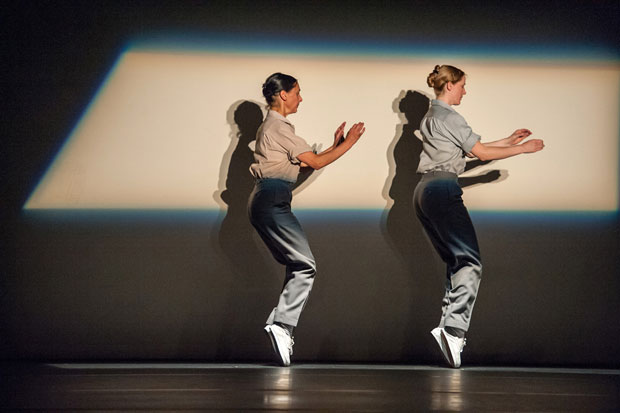
© Stephanie Berger. (Click image for larger version)
Rosas – Anne Teresa De Keersmaeker
Fase, Four Movements to the Music of Steve Reich
New York, Gerald W. Lynch Theatre
9 July 2014
www.rosas.be
lincolncenterfestival.org
More than 30 years after her artistic debut, Belgian choreographer Anna Teresa De Keersmaeker still has the ability to polarize. Halfway into the first movement of Fase, Four Movements to the Music of Steve Reich, a work for two dancers, several well-perfumed audience members walked out of the Gerald W. Lynch Theatre on Wednesday night. Not long into the second movement, Come Out, more people vacated the premises, where De Keersmaeker’s troupe Rosas is holding a week-long residency as part of the Lincoln Center Festival.
In total, about 10 people left early, and that’s just on one side of the orchestra. Nevertheless, the remaining audience members gave the two dancers – De Keersmaeker and Tale Dolven – an enthusiastic reception, and well they should, if only to applaud the artists for physical and mental stamina.
Now 54, De Keersmaeker is performing in all but one piece during the company’s New York visit, and has been dancing Fase for over 30 years.

© Stephanie Berger. (Click image for larger version)
One of her earliest works, Fase is a fairly literal and physical manifestation of Reich’s composition. Reich is a minimalist, and so too is the physicality of Fase. Piano Phase, the first movement, begins after the two dancers nod at each other in agreement, as if enacting a pact. The music starts, and the two figures turn in circles, their arms swinging with a pendulous sway. They do this, with slight variation, for a long time.
It could just as easily be titled Exercise in Monotony, With Minor Accents. Only, if you look very closely, it is monotonous in the general sense, not in the minute sense. Like minimalist music, when things do change, you notice, and the changes feel bigger because of it. For much of Fase (all but Violin Phase, a solo), the dancers’ choreographic timing is microseconds apart, only to be gradually brought together in sync, and allowed to fall back out again.
Reich’s score is, of course, a constant pulse. De Keersmaeker provides no rest for the senses. She matches Reich in density and motion. It is mimicry of the highest order.
The result is hypnotic, dizzying and sometimes frustrating, having an effect that verges on motion sickness. Fase has the power to divide the audience into two camps: those mesmerized, possibly meditating on the definition of dance, art and artifice, and those wondering if they left the gas on. Captivated, or bored to the bone.
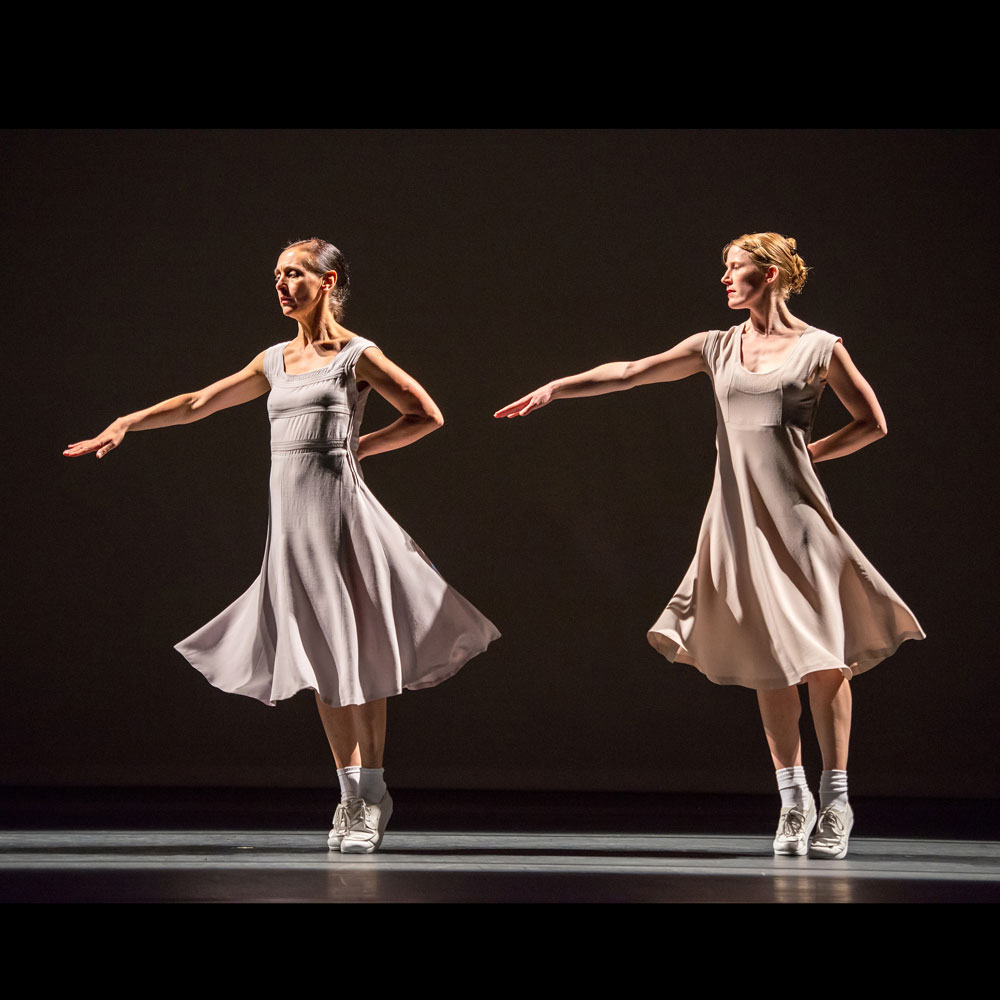
© Stephanie Berger. (Click image for larger version)
To the people who left, one wonders if they felt this kind of highly formal expression, set upon a stage, in a dark theatre, is a little fascist. They would probably have preferred seeing the other works Rosas is staging this week, which are more visceral, and have far more variety in movement, theme and structure. At a museum, if you see a painting you don’t like, you can keep walking until something strikes you. Performance art doesn’t allow the viewer that autonomy, and De Keersmaeker’s Fase is, to some, more of a rigorous exercise than an expression.
De Keersmaeker, who choreographed Fase in her early 20s, continues to perform the work herself, which means she must find some value in its serial monotony. Or maybe she just likes dancing. Violin Phase is where she truly shines, using the full breadth of the stage, and completely dominating it. The sheer force of her will as an artist communicates in a highly ordered, but somehow savage way – her breathing grows heavier, her movements more reckless.
If nothing else, Rosas made one theatre-goer extremely happy. After the title to the final movement, Clapping Music was brandished on the backdrop and the dancing ensued, an elderly gentleman started clapping – and didn’t stop. He wasn’t in time with the music, or the dancing, and despite protests from those around him, he kept it up – one anarchic enthusiast for one rebel choreographer – smiling all the way.












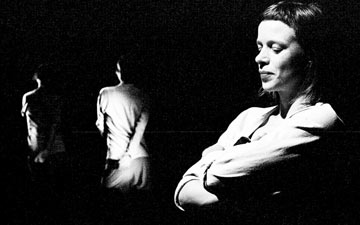

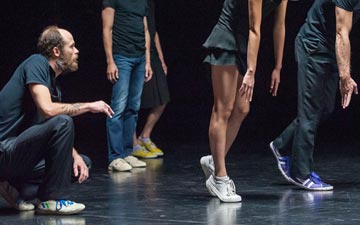
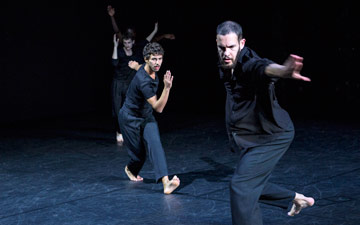

You must be logged in to post a comment.